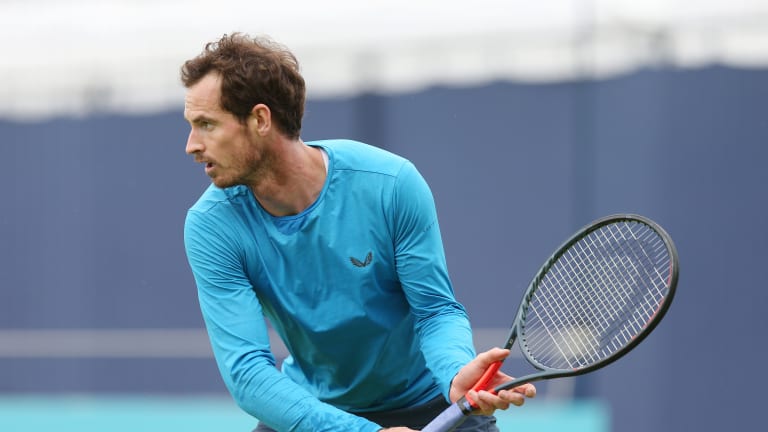ATP London, Great Britain
Andy Murray's return could be the start of a second career in doubles
By Jun 18, 2019ATP London, Great Britain
Carlos Alcaraz replaces Novak Djokovic at No. 1 ahead of Wimbledon, Iga Swiatek stays atop the WTA
By Jun 26, 2023ATP London, Great Britain
Carlos Alcaraz rose to the challenge at Queen's Club, but can he fend off Novak Djokovic at Wimbledon?
By Jun 25, 2023ATP London, Great Britain
Carlos Alcaraz wins Queen's Club for first title on grass, reclaims top ranking ahead of Wimbledon
By Jun 25, 2023ATP London, Great Britain
Setting Up Sunday: One week from Wimbledon, Carlos Alcaraz eyes return to world No. 1
By Jun 24, 2023ATP London, Great Britain
Carlos Alcaraz beats Grigor Dimitrov, joins Holger Rune in the Queen’s Club semifinals
By Jun 23, 2023ATP London, Great Britain
After comfortable win over Lehecka, Carlos Alcaraz says expectation levels on grass "are going to change"
By Jun 22, 2023ATP London, Great Britain
Sebastian Korda feels "as if I'm one of the favorites at Wimbledon"
By Jun 22, 2023ATP London, Great Britain
Sebastian Korda halts Frances Tiafoe's winning run on grass at Queen's Club
By Jun 21, 2023ATP London, Great Britain
Carlos Alcaraz edges lucky loser Arthur Rinderknech in Queen's Club opener
By Jun 20, 2023ATP London, Great Britain
Andy Murray's return could be the start of a second career in doubles
Murray has shown us in Davis Cup over the years what a remarkable doubles player he can be. He can exploit his consistency on the return of serve, put to full use his excellent hands at the net and exceptional court sense.
Published Jun 18, 2019
Advertising
Advertising
Advertising

Andy Murray's return could be the start of a second career in doubles
© Getty Images for LTA